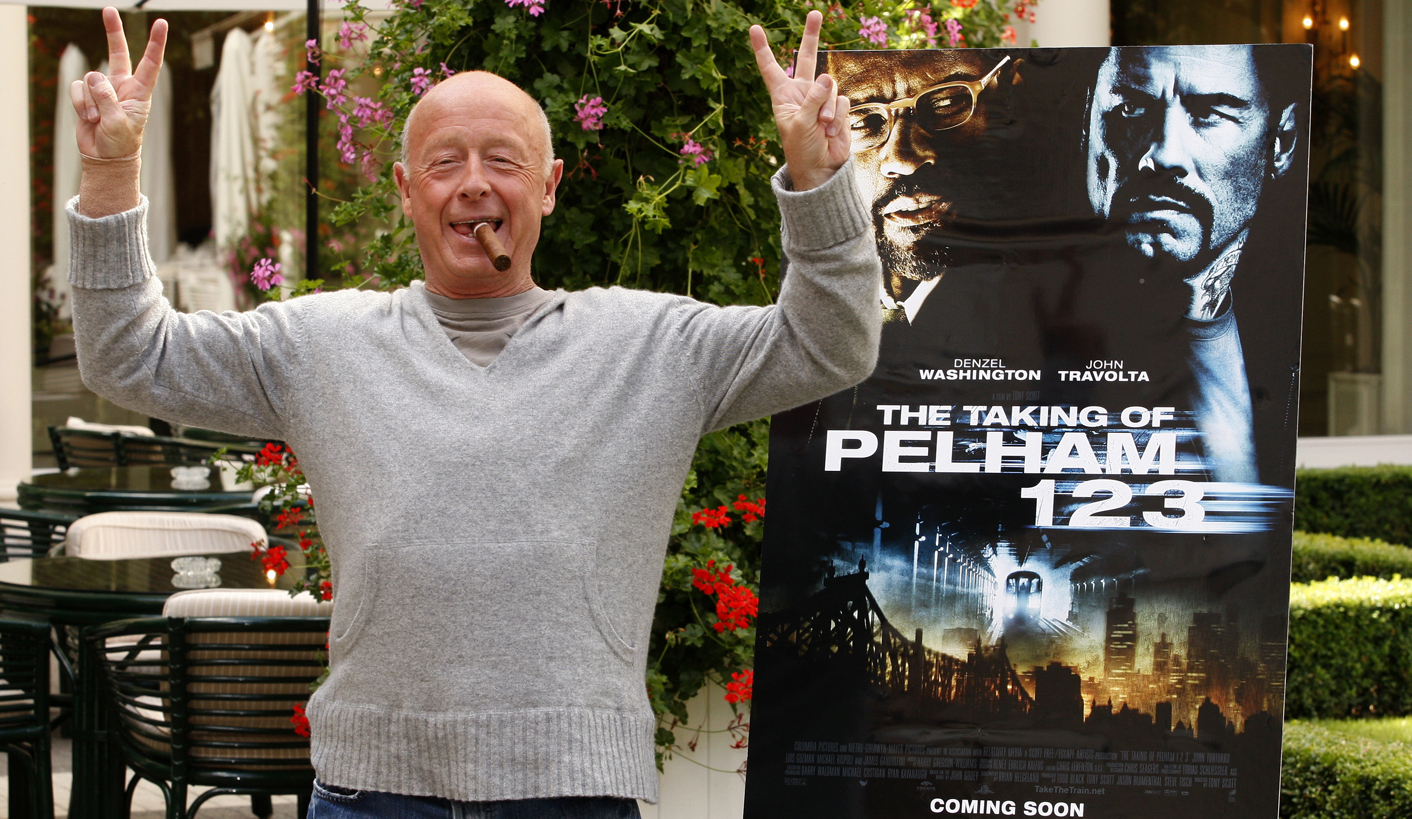In a lengthy jeremiad on the state of modern industrial American filmmaking, called The Day the Movies Died, writer Mike Harris asked, “How did Hollywood get here? There’s no overarching theory, no readily identifiable villain, no single moment to which the current combination of caution, despair and underachievement that defines studio thinking can be traced. But let’s pick one anyway: Top Gun.”
This may have been unfair—it’s hard to determine the onset of any pathology, and even harder when it comes to culture, but you could see Harris’s point. Top Gun afterburned its way into cinemas in 1986, devoid of sense, accuracy and anything resembling balance. It was perhaps the most American film ever made, and its real star—Tom Cruise notwithstanding—was Ronald Reagan, whose weltschmerz was all over the screen: high-flying F-14 Tomcats; Maverick’s go-it-alone ethos; Meg Ryan.
“The man calling the shots may have been Tony Scott, but the film’s real auteurs,” wrote Harris, “were producers Don Simpson and Jerry Bruckheimer, two men who pioneered the ‘high-concept’ blockbuster—films for which the trailer or even the tagline told the story instantly. At their most basic, their movies weren’t movies; they were pure product—stitched-together amalgams of amphetamine action beats, star casting, music videos and a diamond-hard laminate of technological adrenaline all designed to distract you from their lack of internal coherence, narrative credibility, or recognizable human qualities. They were rails of celluloid cocaine with only one goal: the transient heightening of sensation.”
Tony Scott specialised in rails of celluloid cocaine. He chopped line after line, and moviegoers snorted over a billion dollars worth. He remains one of the most commercially successful Hollywood directors of all time. Despite Top Gun, he made his mark as a director of hard-R violent Hollywood spectacle—he did not direct kid pics, dramas, or PG-13 superhero fantasies. He worked with Denzel Washington five times, turning him into a box-office brand, and made two of Gene Hackman’s highest grossing films. His passion was high-powered machinery, and he shot a Nascar pic, a submarine thriller, and about 8-million automobile crashes. His career included 16 films, a number of TV series, and countless commercials. As much as any of his peers, Tony Scott defined postmodern cinema.
Scott was born in North Shields, England, in 1944. Seven years younger than his brother, the Alien and Blade Runner auteur Ridley Scott, he started out in the arts, looking to become a painter. Trailing his brother through art school—and starring in his first short, Boy and Bicycle, he was pulled into the legendary Ridley Scott Associates as a commercial director. The British advert biz produced some exceptional directors, many of whom were noticed either by the British film industry or, just as often, Hollywood. Hugh Hudson (Chariots of Fire), Alan Parker (Midnight Express, Angel Heart) and Adrian Lyne (9 weeks, Fatal Attraction). Tony was noticed, and his first film, the vampire thriller The Hunger starring Catherine Deneuve, Susan Sarandon and David Bowie, was a critical and commercial disaster. Visually arresting, The Hunger now stands up as a racy cult classic, but it put Tony in limbo for more than two years.
He was saved by an iconic Saab commercial, in which one of the yuppie Scandinavian wagons races a jet fighter, catching Don Simpson and Jerry Bruckheimer’s eye. He was at first reluctant to shoot Top Gun—unsurprising considering how ridiculous the script was. But the film is one of the biggest smash hits in Hollywood history—adjusted for today’s dollars, it would sit comfortably alongside The Avengers as a filmic phenomenon. But it did nothing to ingratiate Tony with critics. (“Look out for the scenes in which people talk to one another,” wrote Roger Ebert.)
Watch: Top Gun trailer
type="application/x-shockwave-flash">




